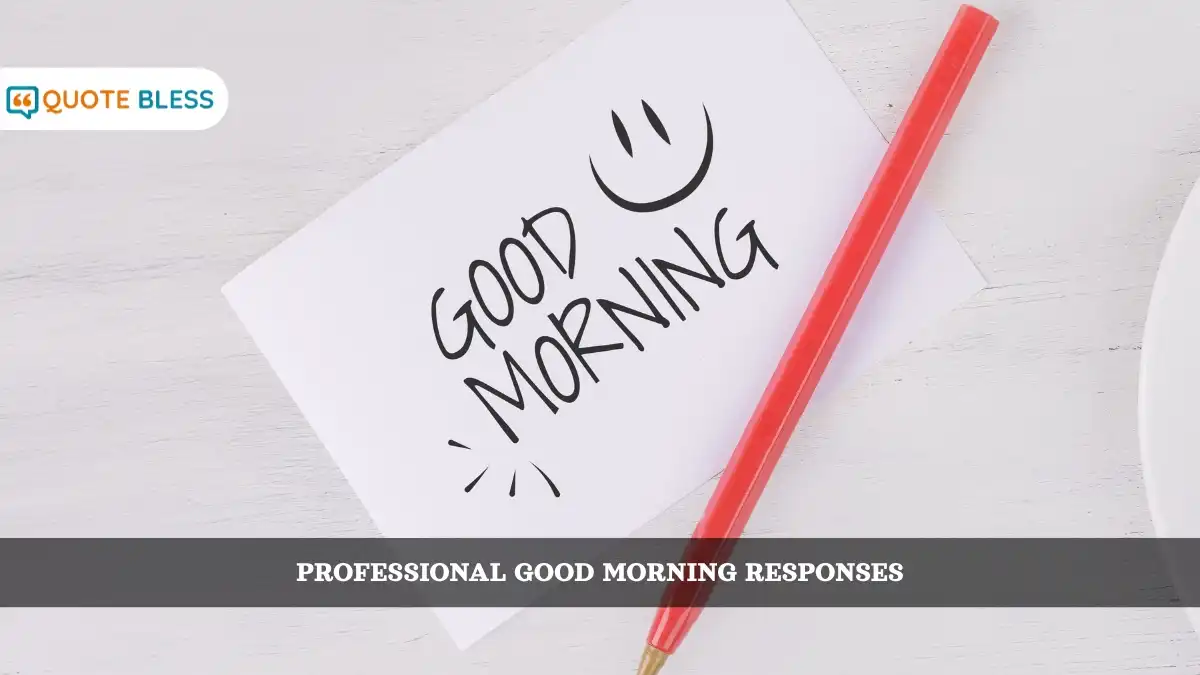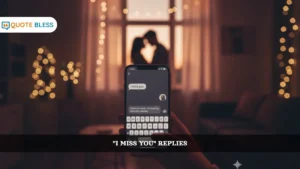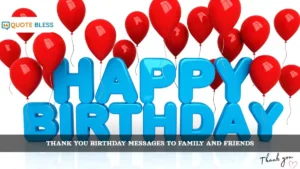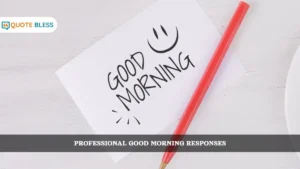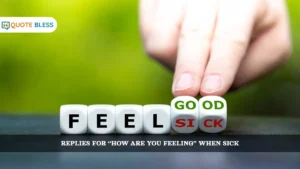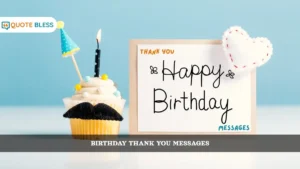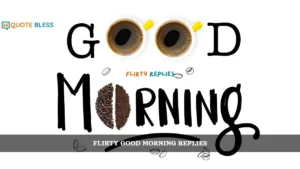A simple response to good morning text at work may seem small, but it sets the tone for the day. The way you reply can show respect, professionalism, and positivity. Quick and polished professional replies to good morning help build trust while keeping workplace interactions smooth.
Unlike casual or funny replies, professional responses are about being clear and polite. They work best for colleagues, clients, or managers where tone matters. Knowing what to say keeps you from sounding too stiff or too casual.
This guide is part of our series on “how to respond to Good Morning text”. Here, you’ll find workplace-ready replies designed for emails, chats, or face-to-face greetings. Each section gives you examples that balance respect and friendliness, so you’re prepared for any professional setting.
📑 Easy Outline for Workplace Morning Responses
Polite & Respectful Replies to Good Morning at Work
At work, a courteous reply to good morning sets the tone for positive communication. It shows professionalism while still keeping things approachable. Whether it’s a coworker, manager, or client, the right response makes the start of the day smoother.
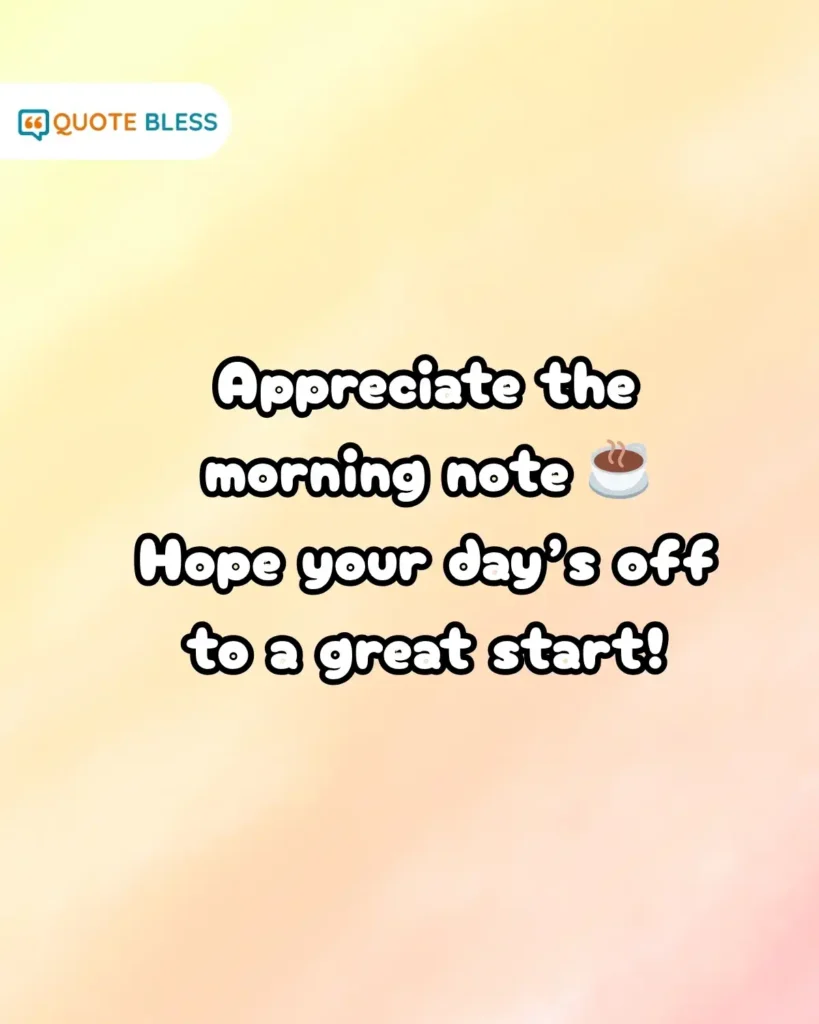
Here are respectful ways to reply in a workplace setting.
^ 👉 If you prefer keeping things lighthearted outside of work, you can check out these funny responses to good morning.
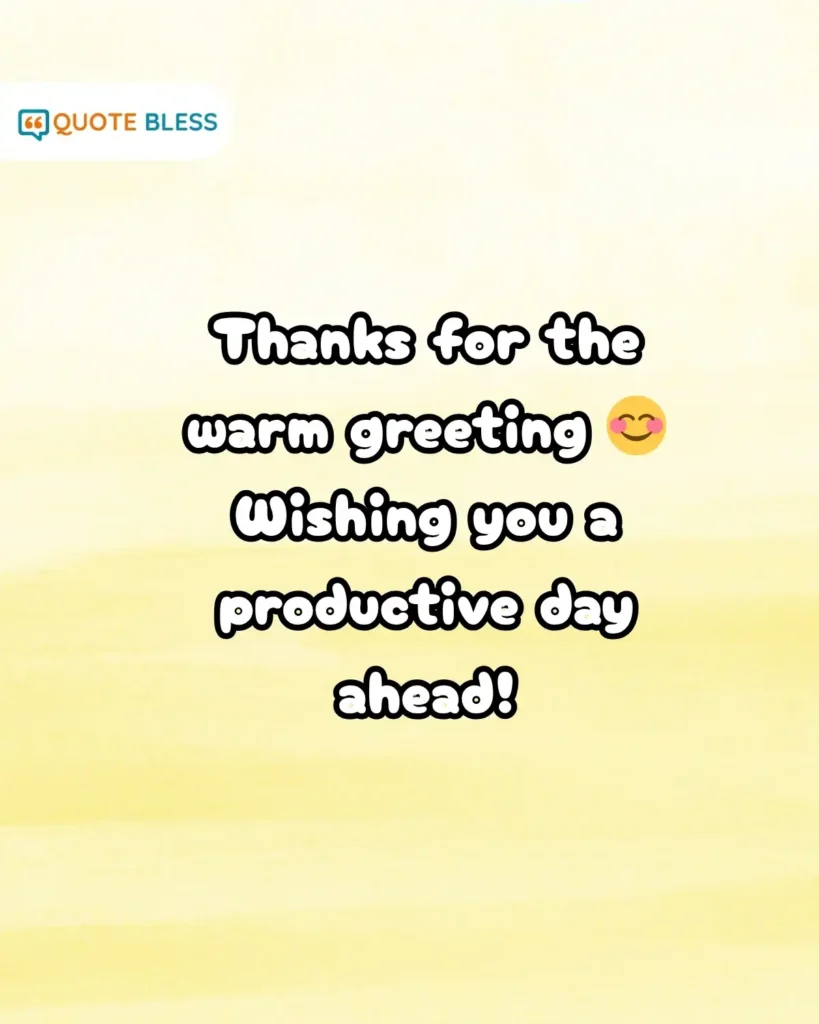
Professional Good Morning Replies for Emails and Chats
In written communication, the right response to good morning sets a polite and professional tone. Whether you’re replying in an email or in a workplace chat, your wording should feel courteous yet efficient. The goal is to acknowledge the greeting while smoothly transitioning into the day’s tasks.
Below are thoughtful responses that work well in professional messages.
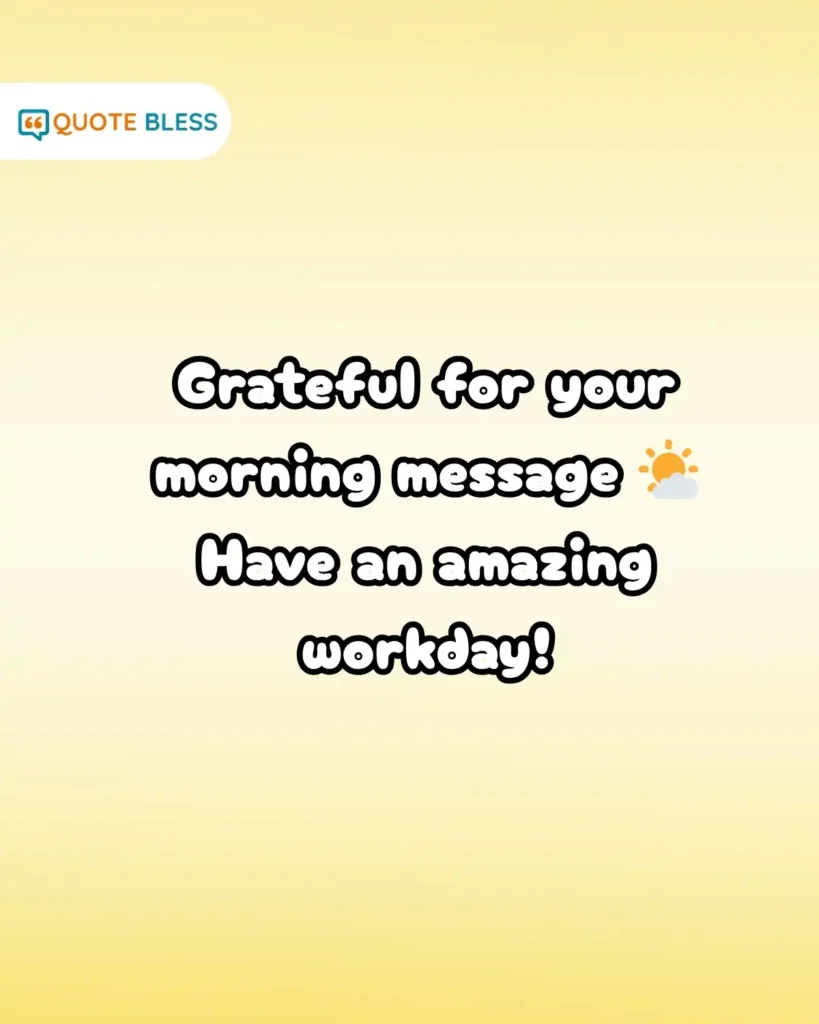
Friendly Yet Professional Replies to Colleagues
When colleagues greet you with a good morning, the right reply helps keep the workplace atmosphere positive. You want to show friendliness while still staying professional. These kinds of replies create a balance between being approachable and keeping the tone respectful.
Below are examples you can use with teammates or coworkers throughout the workday.
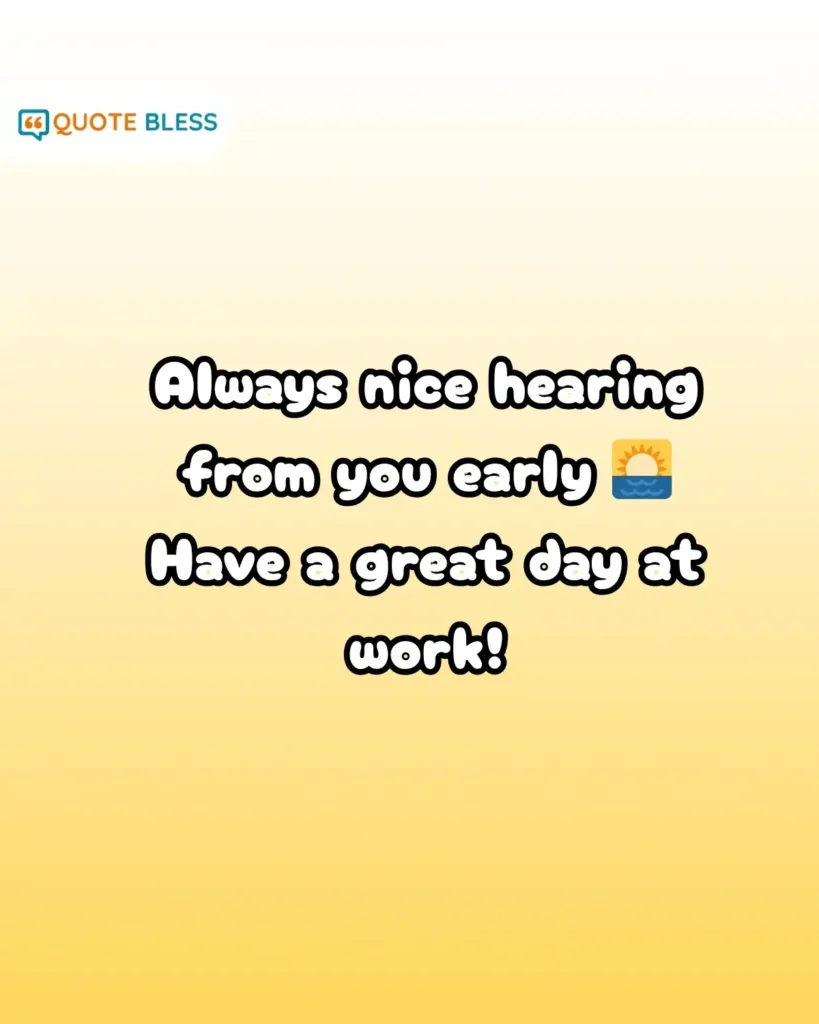
Professional Good Morning Replies for Boss or Manager
When your boss or manager greets you, your response should reflect professionalism and respect. A thoughtful reply shows that you value communication and helps build trust. Keep your wording polite, positive, and supportive while avoiding casual slang.
These examples will help you maintain the right tone in any professional exchange.
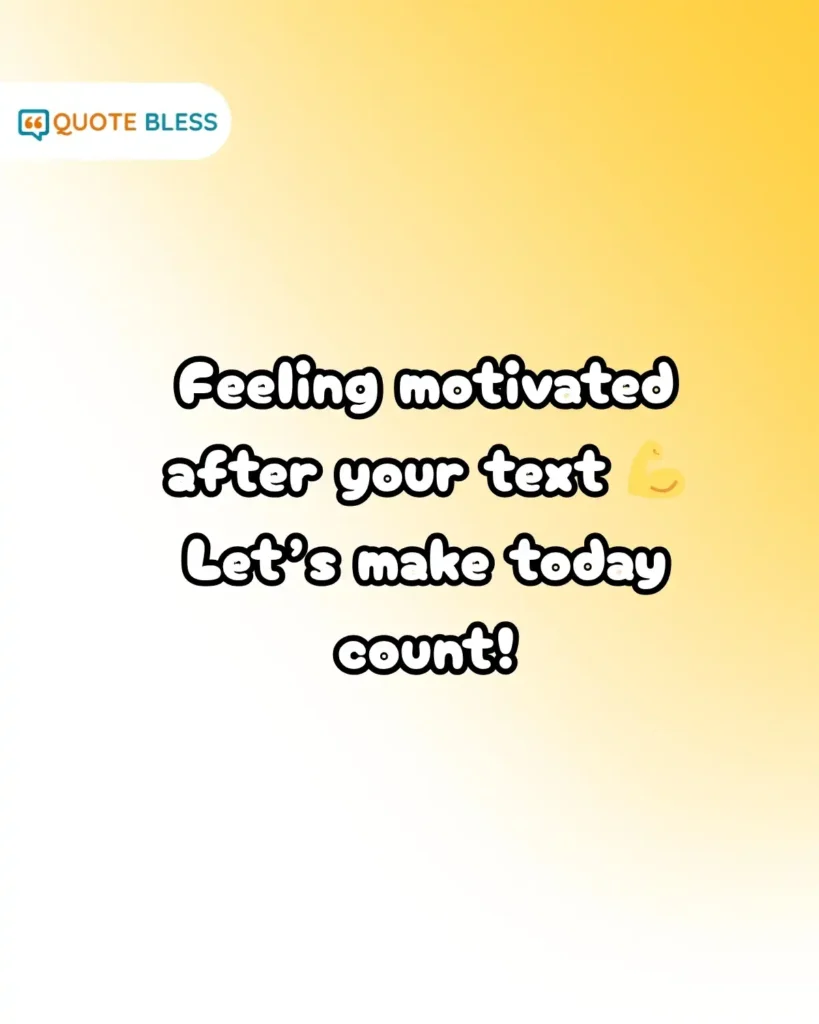
Short & Formal Good Morning Replies for Clients or Business Partners
When interacting with clients or business partners, every message shapes your professional image. A polite good morning reply shows attentiveness, reliability, and respect for their time. Keep it short, formal, and warm so it feels professional without being overly stiff.
Below are some examples you can adapt to client calls, business chats, or professional emails.
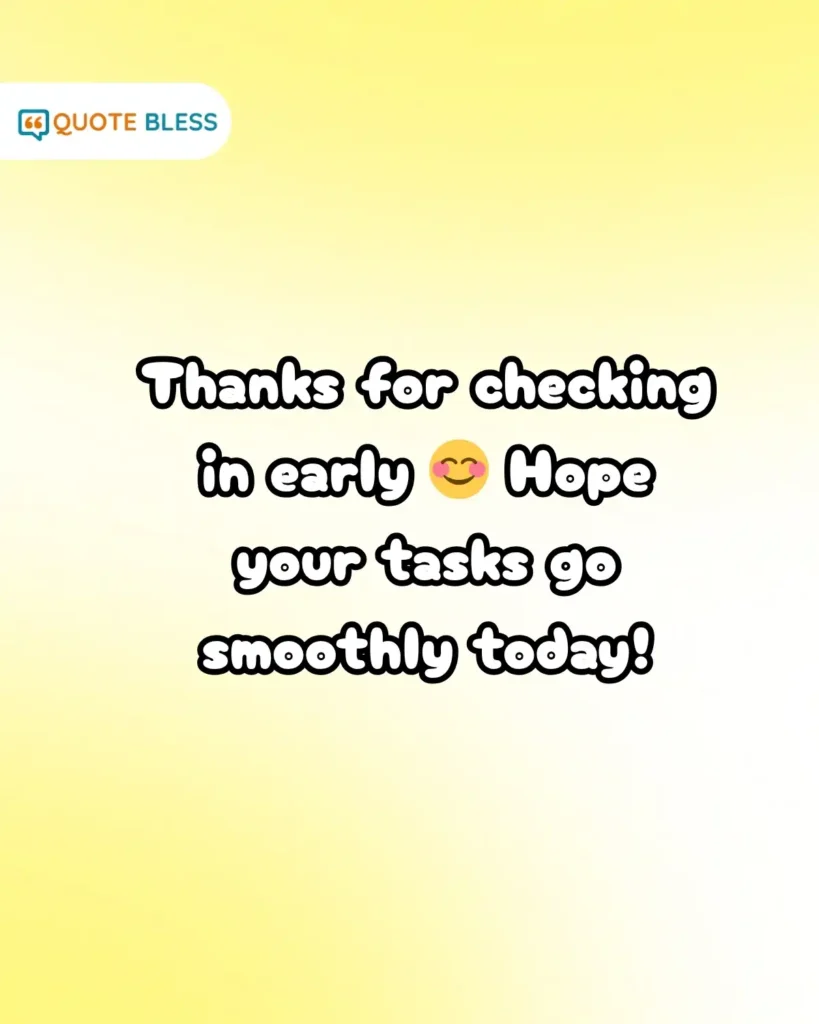
Quick Tips for Crafting Professional Morning Reply
Sometimes a simple guideline helps more than a long list of examples. Keeping a few best practices in mind makes it easier to reply in a way that fits the situation. These tips ensure that your responses sound polished, respectful, and suitable for workplace communication.
- Keep it short. A quick, clear line shows professionalism and avoids unnecessary filler.
- Match the tone of workplace culture. If your office is formal, stick to formal replies. If it’s casual, a lighter touch is fine.
- Avoid jokes or flirty tones at work. These might feel friendly but can come across as unprofessional in a professional setting.
- Add a positive sign-off in emails. A short phrase like “Best regards” or “Wishing you a productive day” leaves a professional impression.
Final Thoughts on Professional Good Morning Replies
Professional replies to “good morning” help you show courtesy without losing warmth. Whether it’s a quick chat with coworkers, a polite response to your boss, or a formal note to a client, the right wording leaves a strong impression. Small habits like these build credibility and show emotional intelligence at work.
Of course, not every situation needs a formal tone. Sometimes you might want to keep it light with a funny reply, or share something warmer with a friend. For every mood and moment, there’s a style that fits.
Want to explore every type of morning reply? From flirty to sweet, professional to sarcastic, our complete guide on how to respond to Good Morning text brings them all together. That way, you’ll always know what to say, no matter who’s sending the message.
Common Questions on Professional Good Morning Replies
Can you reply to a good morning text without saying “Good Morning”?
Yes, you can reply without repeating the greeting. Use phrases like “Hope your day’s off to a great start” or “Thanks for the morning message” to keep it professional yet warm. Such replies are more conversational and avoid sounding robotic.
Is it okay to use emojis in work replies?
Emojis can work in informal workplaces, but use them sparingly. Stick to plain text if you’re unsure, or add one neutral emoji (like 🙂) in casual team chats. Always match the tone of your company culture.
What’s a good response when you’re too busy to write a long reply?
Send a brief acknowledgement like “Thank you, hope your day goes smoothly” or “Got your message, wishing you a productive morning.” It shows respect without overcommitting when you’re busy.
How do you respond differently to a good morning on email vs instant chat?
In email, you can include a sign-off like “Best regards” or “Wishing you a great day.” In chat, keep it shorter and more conversational as no sign-off is needed. Use the same polite tone but adapt for platform norms.
Should you customize replies based on hierarchy (junior, peer, manager)?
Yes. To a manager or senior, use more formal language and respect. With peers, you can be a bit friendlier and relaxed. Always maintain respect but adjust warmth according to the relationship.
How early is “too early” to send a morning reply?
If someone texts very early (e.g. before 5 AM), you can wait until a more normal hour (e.g. 7–8 AM) to respond. You could say “Good morning now” or “Good morning, just saw your message” to acknowledge the delay without awkwardness.
What’s the best way to keep the conversation going after the reply?
Follow up your greeting with a light question or topic: “Hope your meeting went well today, by the way what’s on your schedule next?” This invites a response and continues the flow beyond just greetings.

